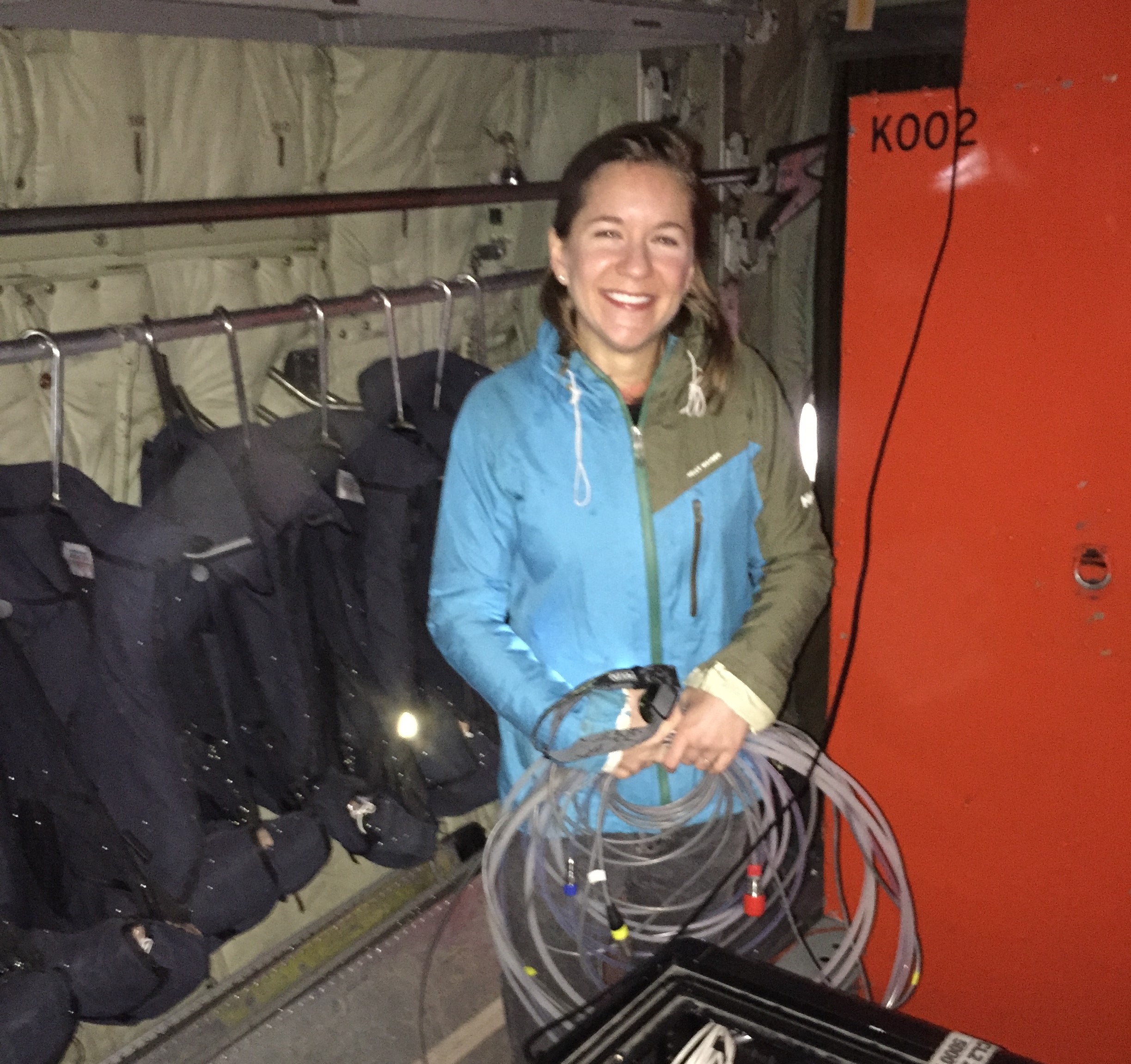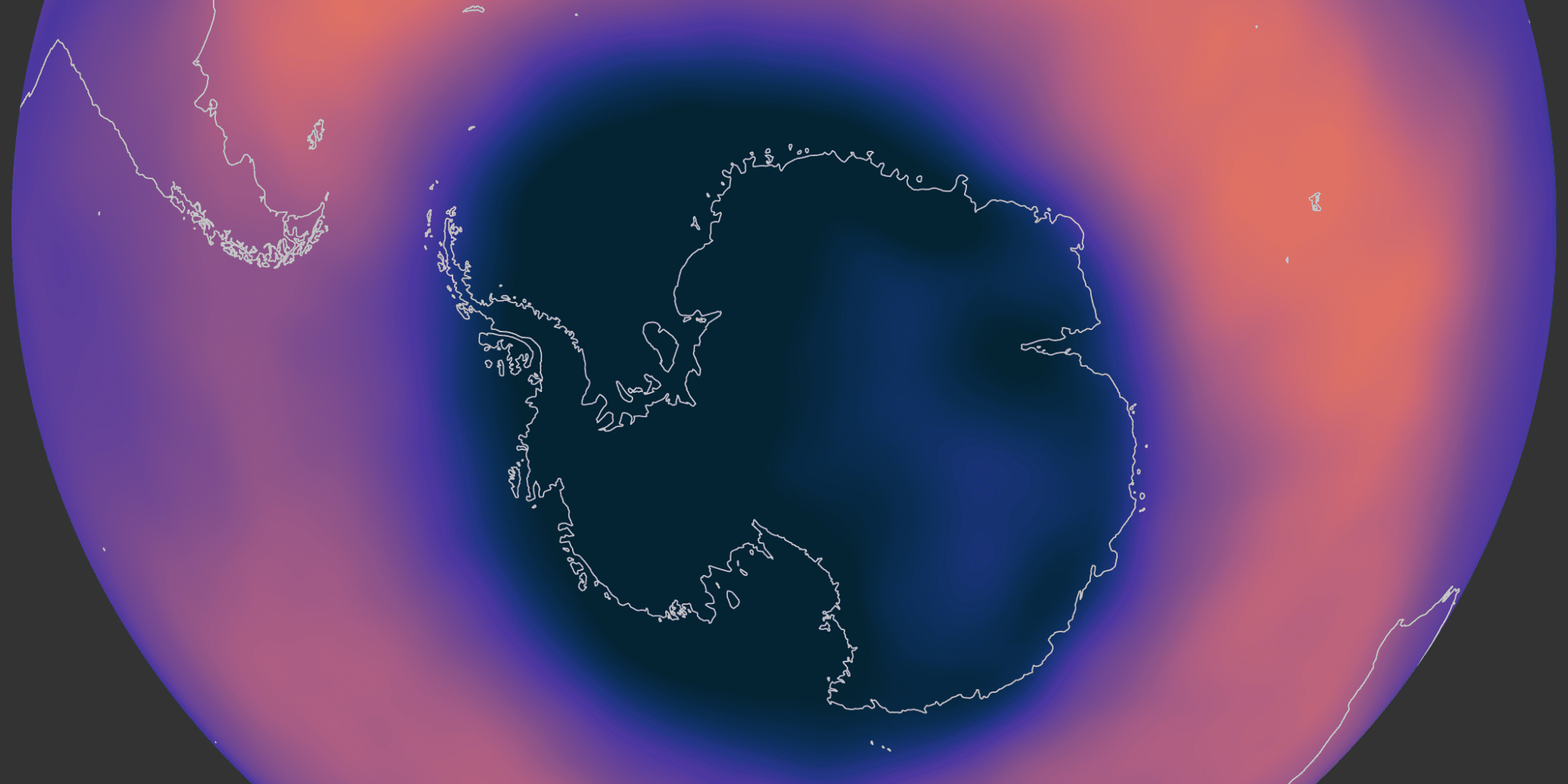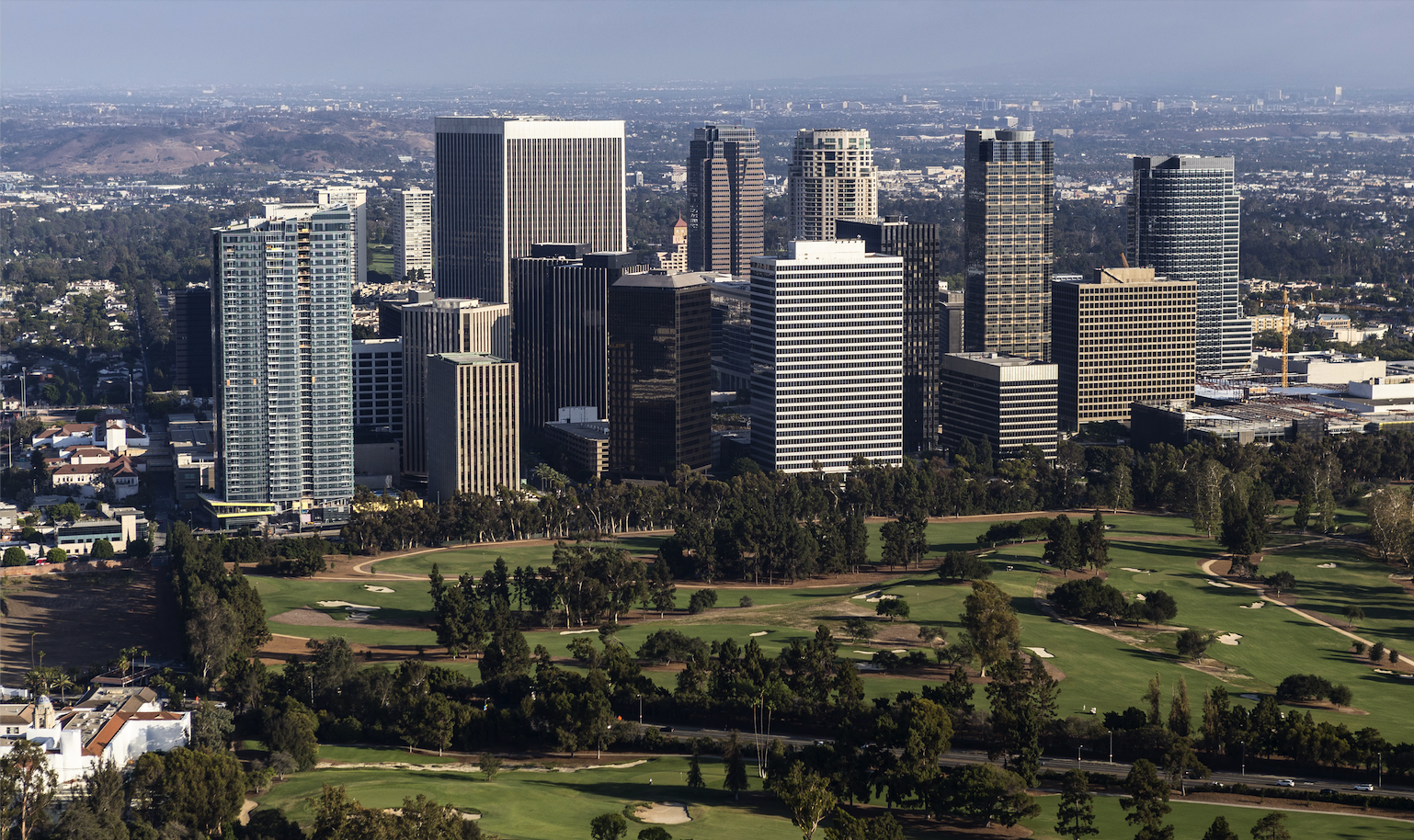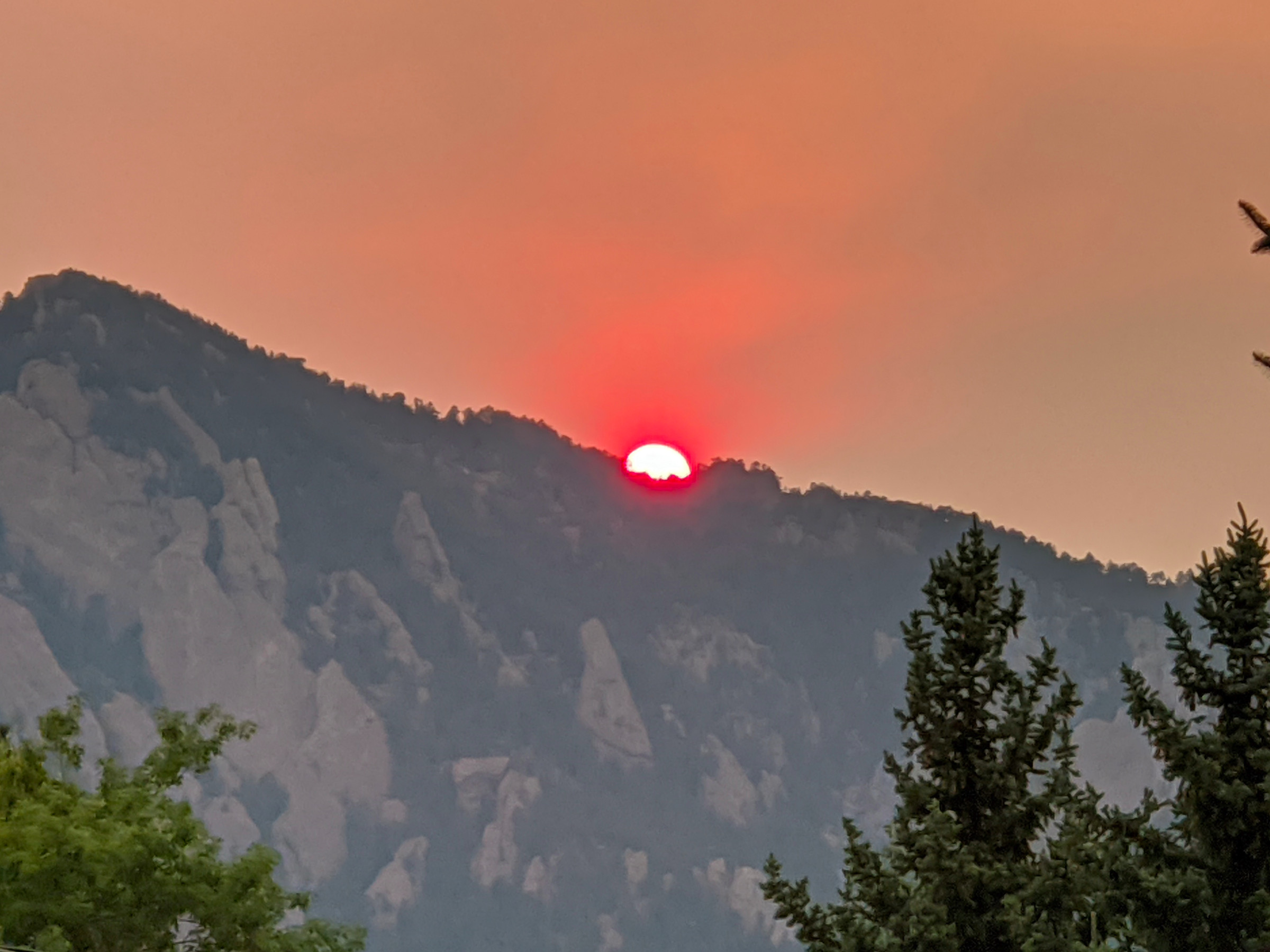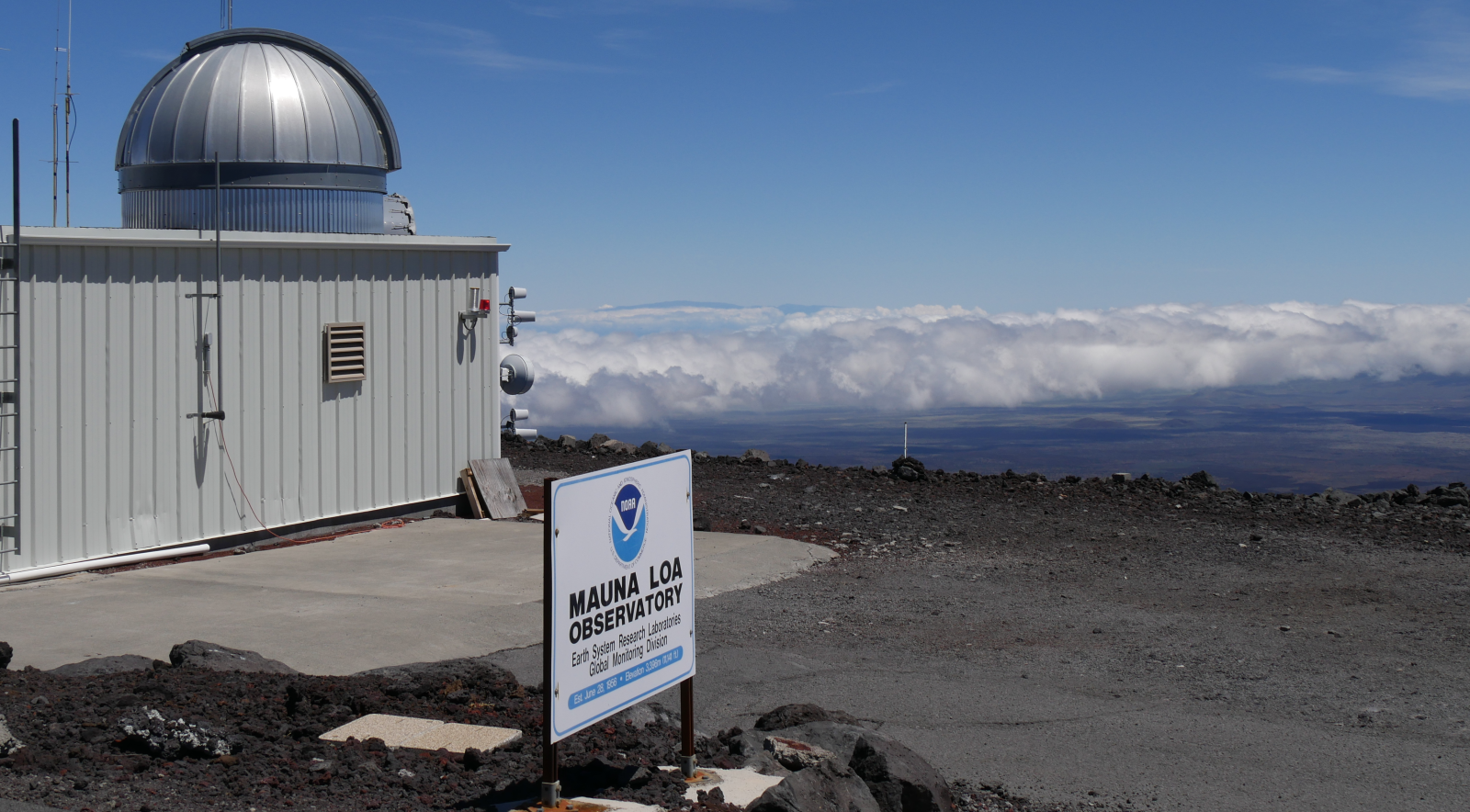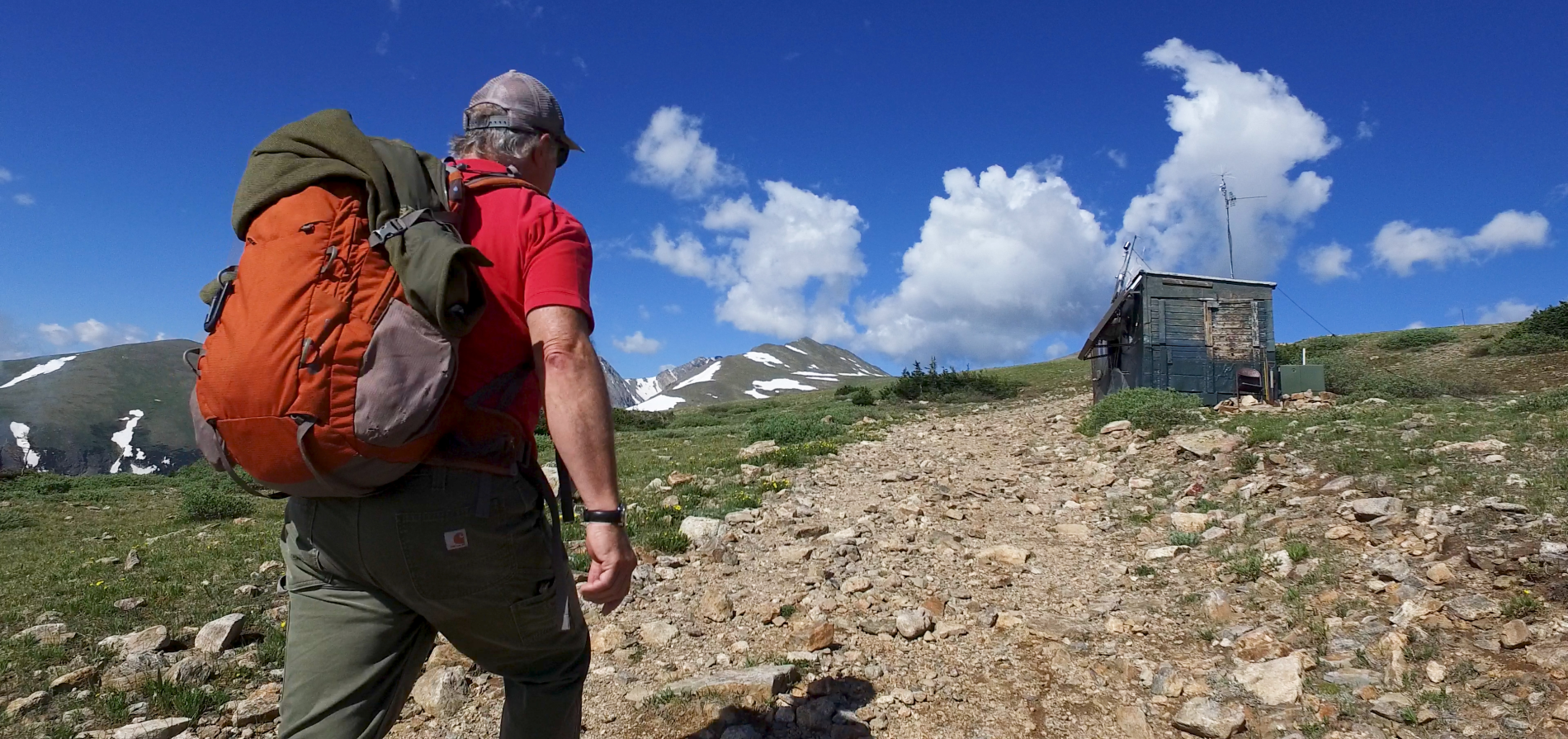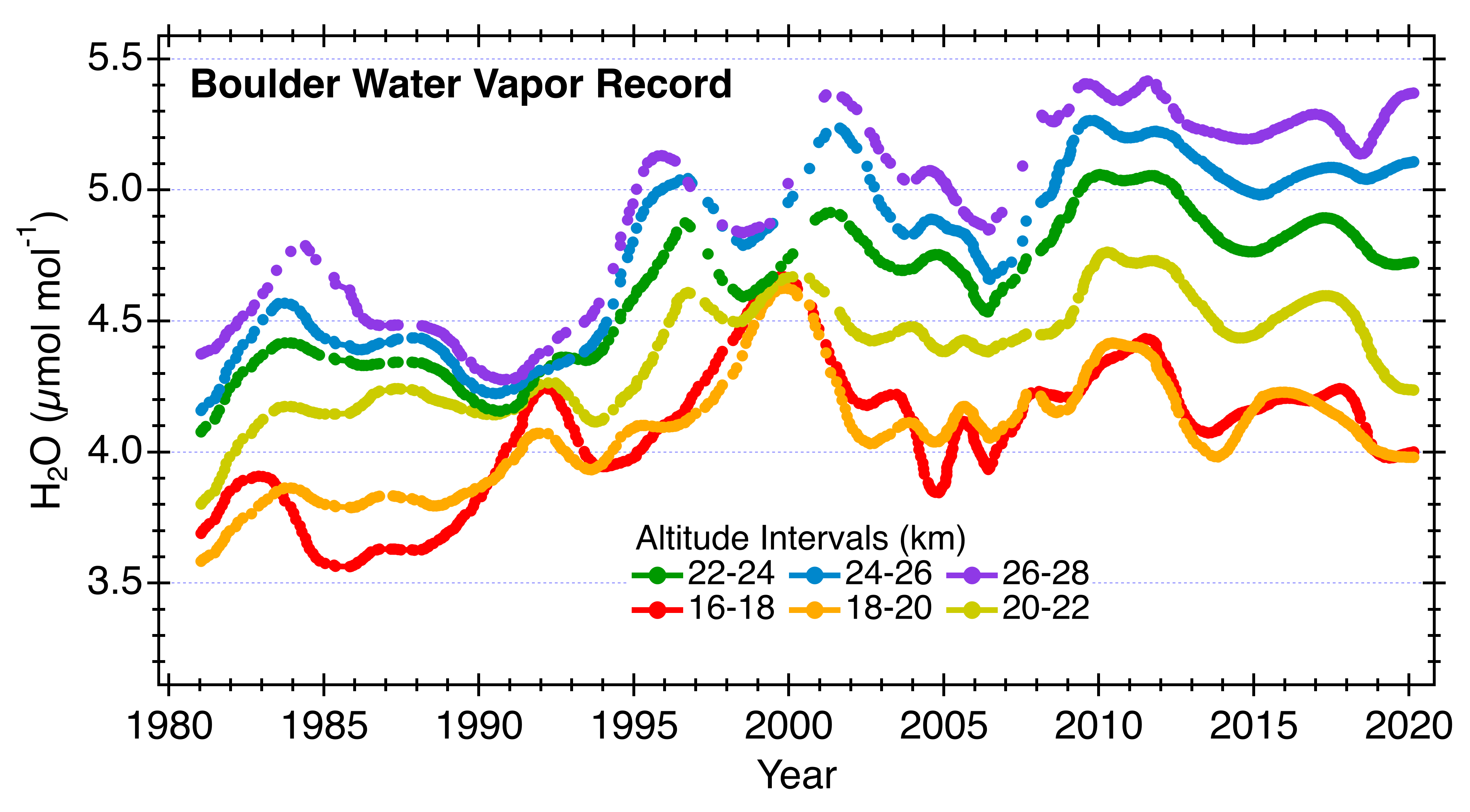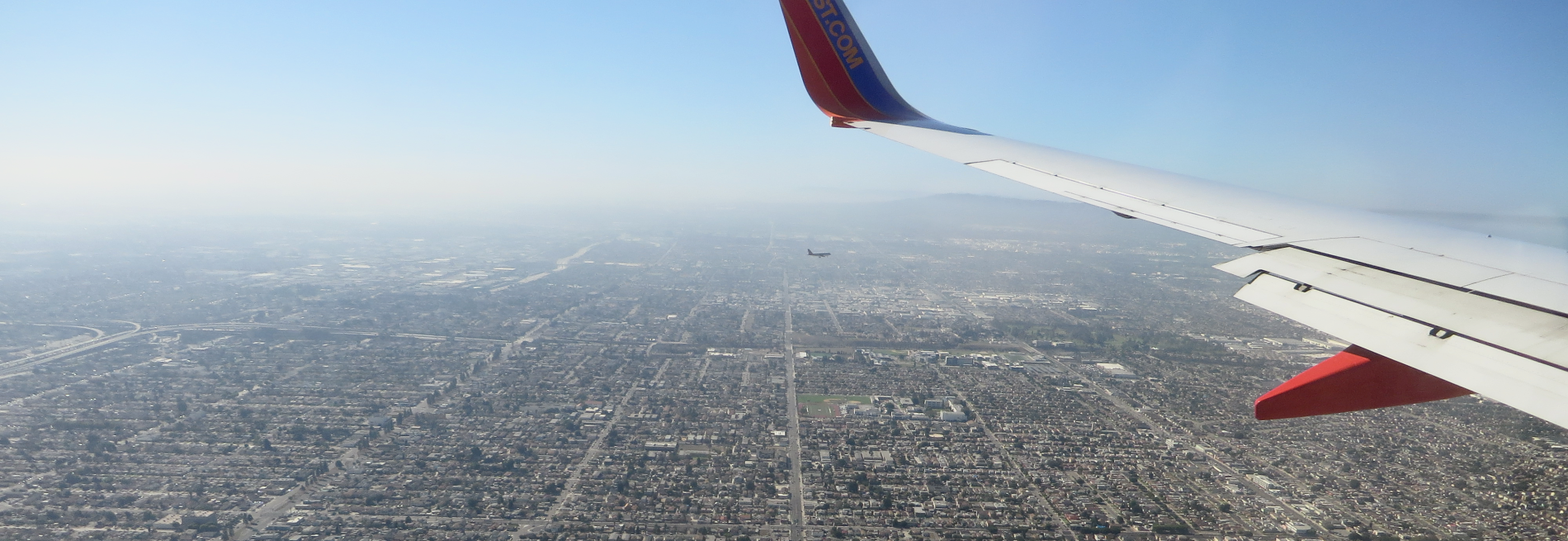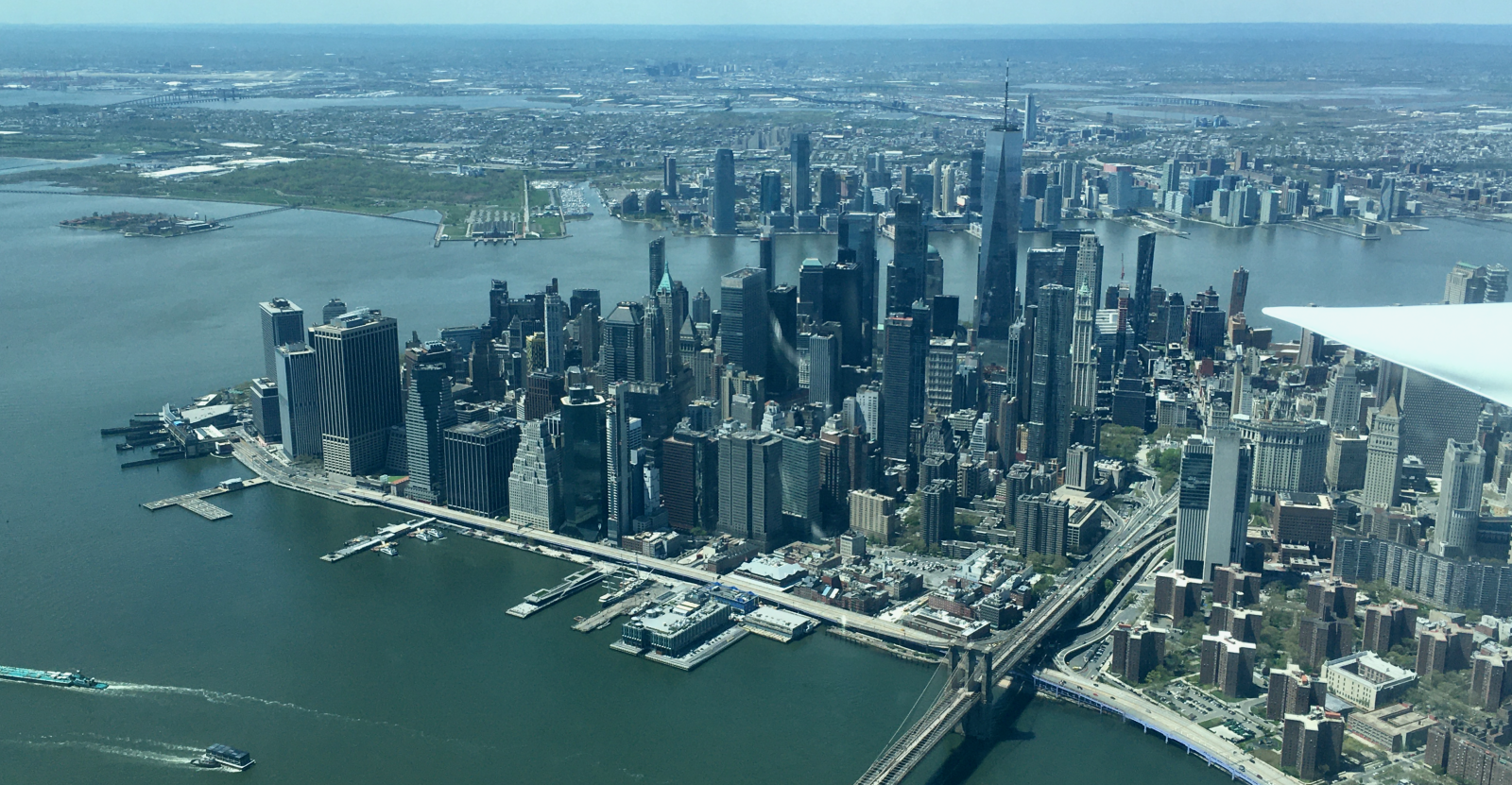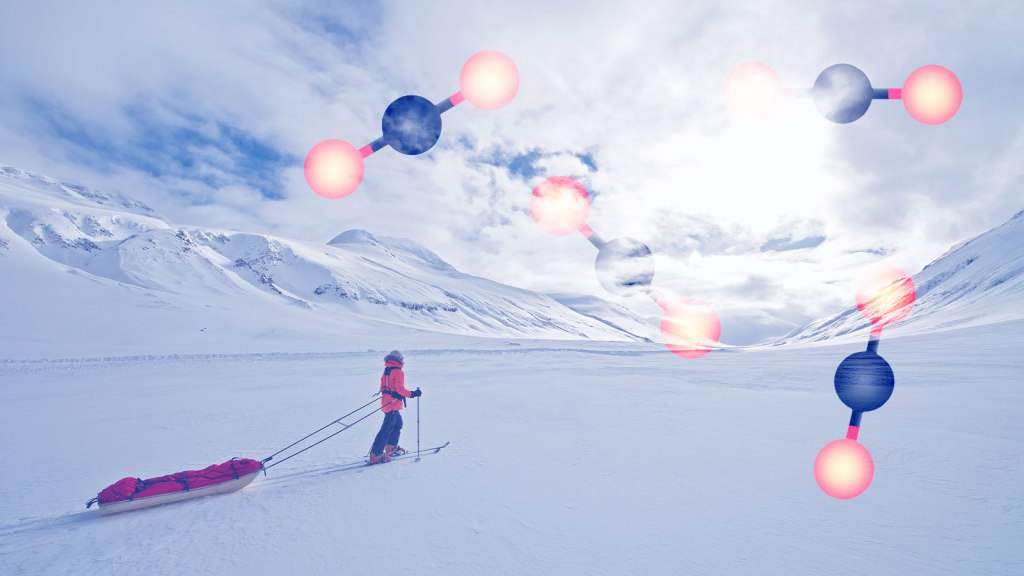News

March 25, 2021
Measuring greenhouse gases in Africa - while working from home in Boulder
A profile of Kathryn McKain, a research scientist with CIRES and GML.February 22, 2021
GML Employee of the Quarter - Gataivai "Vai" Talamoa
February 17, 2021
COVID-19 Lockdowns Reduced Ozone Pollution Over the Northern Hemisphere
During COVID-19 shutdowns last year, ozone levels in the lower atmosphere fell by seven percent across much of the Northern Hemisphere, according to a new study.February 10, 2021
Emissions of a banned ozone-depleting gas are back on the decline
Five years after an unexpected spike in emissions of the banned ozone-depleting chemical chlorofluorocarbon CFC-11, emissions dropped sharply between 2018 and 2019, new analyses of global air measurements show.January 7, 2021
GML Scientists win DOC Gold Medal
GML Scientists were part of a group that won a Department of Commerce Gold Medal Group Award for Scientific / Engineering AchievementJanuary 7, 2021
GML Scientist elected AGU Fellow
Dr. Edward J. Dlugokencky, Global Monitoring Laboratory, was awarded as an AGU Fellow for the class of 2020.October 30, 2020
Large, deep Antarctic ozone hole to persist into November
Persistent cold temperatures and strong circumpolar winds supported the formation of a large and deep Antarctic ozone hole that will persist into November, NOAA and NASA scientists reported today.October 12, 2020
Lawns provide surprising contribution to L.A. Basin’s carbon emissions
The Los Angeles Basin is often thought of as a dry, smoggy, overdeveloped landscape. But a new study led by NOAA and the University of Colorado, Boulder shows that the manicured lawns, emerald golf courses and trees of America’s second-largest city have a surprisingly large influence on the city’s carbon emissions.August 17, 2020
August wildfire smoke impacts Boulder aerosol measurements
June 4, 2020
Rise of carbon dioxide unabated
Seasonal peak reaches 417 parts per million at Mauna Loa observatoryJune 1, 2020
Tracking fossil fuel emissions with carbon-14
Researchers from NOAA and the University of Colorado Boulder have devised a breakthrough method for estimating national emissions of carbon dioxide from fossil fuels using ambient air samples and a well-known isotope of carbon that scientists have relied on for decades to date archaeological sites.May 29, 2020
NOAA marks 40 years of ballon-borne water vapor measurements
In April 2020, the Global Monitoring Laboratory’s measurement record of upper atmospheric water vapor over Boulder, Colorado, surpassed 40 years in length.May 29, 2020
Warming influence of greenhouse gases continues to rise, NOAA finds
Record high levels of greenhouse gas pollution continued to increase the heat trapped in the atmosphere in 2019, according to an annual analysis released by NOAA scientists.May 6, 2020
NOAA exploring impact of COVID-19 response on the environment
NOAA has launched a wide-ranging research effort to investigate the impact of reduced vehicle traffic, air travel, shipping, manufacturing and other activities on Earth’s atmosphere and oceans.April 28, 2020
How to collect climate data during coronavirus? Strap on your skis.
The COVID-19 pandemic is taking a toll on science, but some research has kept going through it all, including a National Oceanic and Atmospheric Administration–led effort to keep tabs on the amount of carbon dioxide in Earth’s atmosphere.

